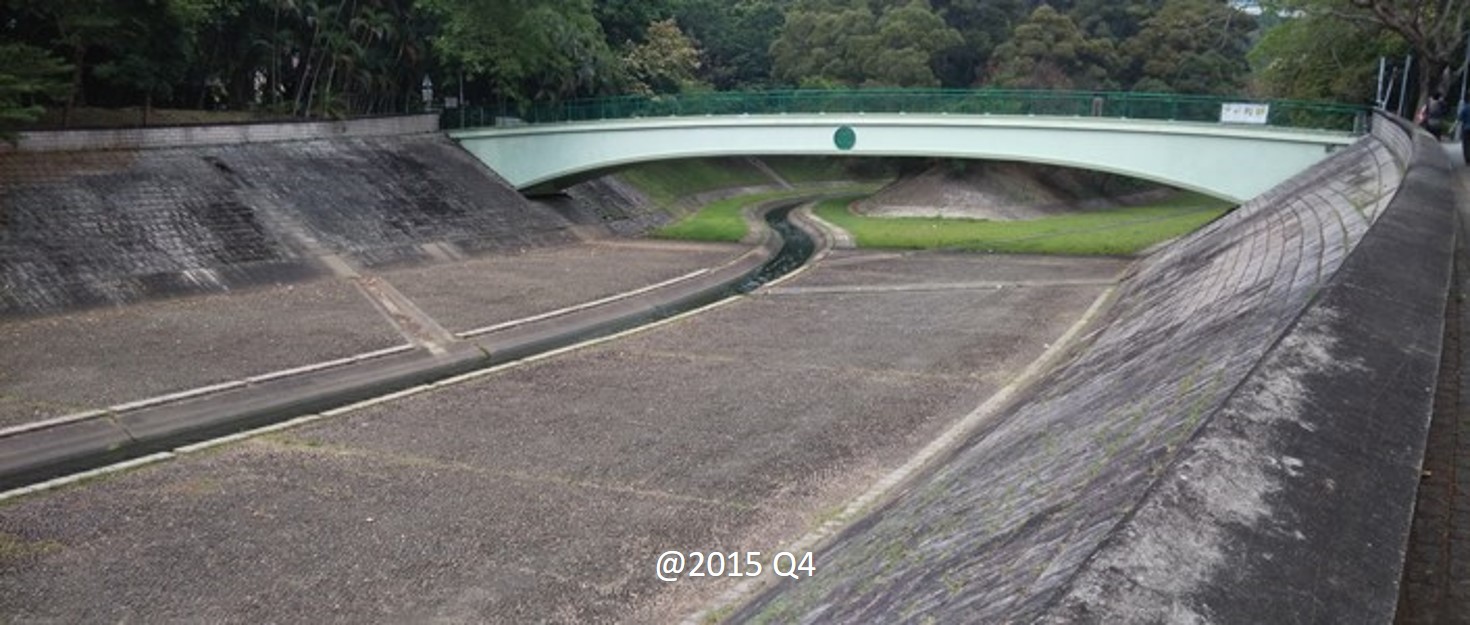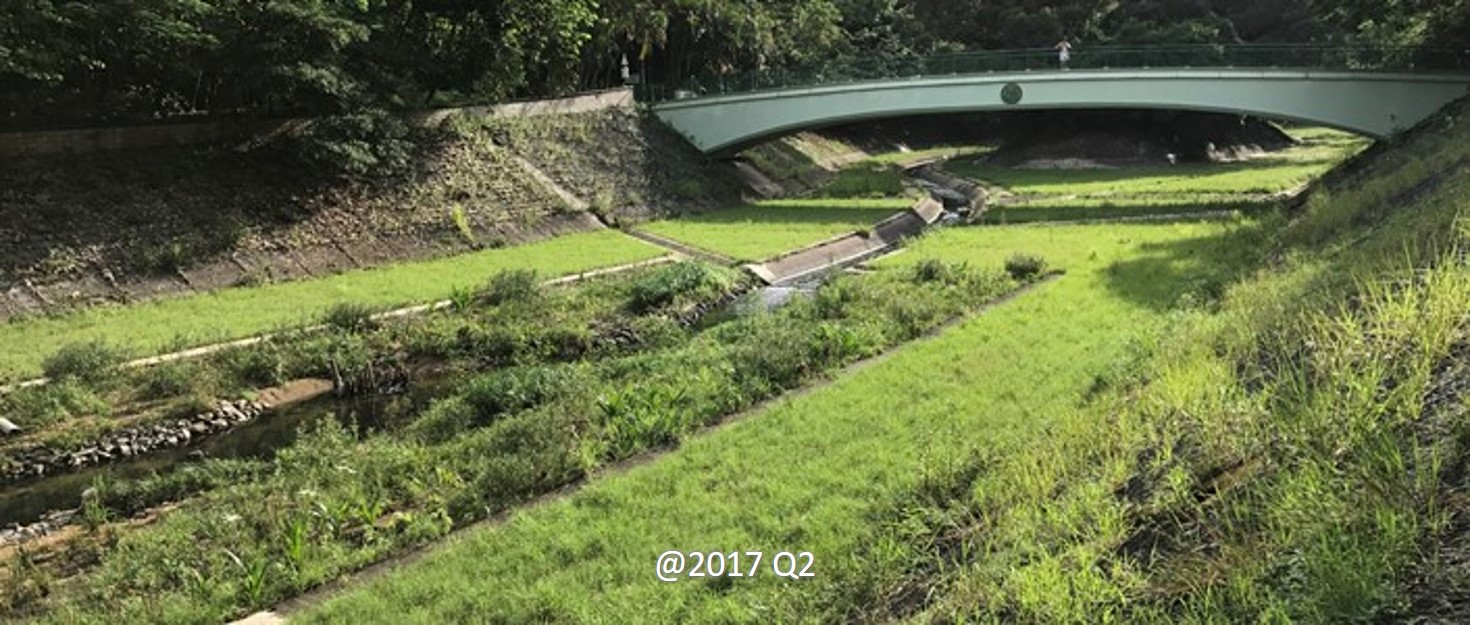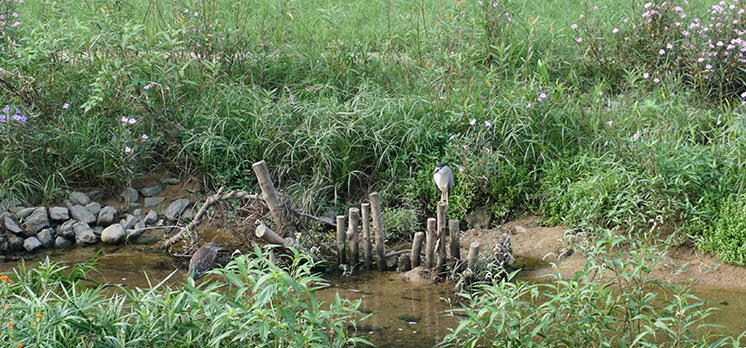Explore Site Trial
We show representative green features in 26 channel sections to illustrate this endeavour and broaden our understaning of river ecology.
To further study the effectiveness of different ecological enhancement measures, the river a section of Lower Lam Tsuen River was selected for site trials. In early 2016, enhancement works commenced near Mui Shu Hang, Tai Po.
The objectives of the enhancement are to promote the recolonization of wetland associated flora and fauna and to improve the aesthetic value of the channel. A monitoring programme for before and after enhancement is adopted and the changes in the enhanced channel section are revealed…
Enhancement Summary
About 65m of concrete channel section was replaced with more natural river bed substrates and the riparian zone was enhanced. Diverse aquatic habitats such as pools, riffles, resting ground for birds and emergent vegetation were established.

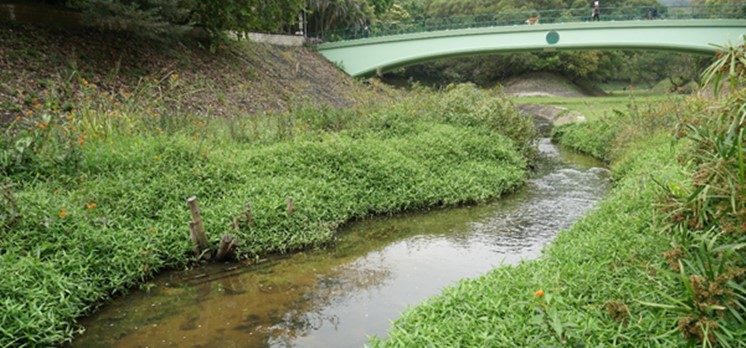
A sinuous channel is more stable and aesthetically pleasing. It reduces flow velocity and improves the variability of water flow conditions and provides a variety of water flow conditions. It also creates micro-habitats such as pool, cascade, run, guide, etc.

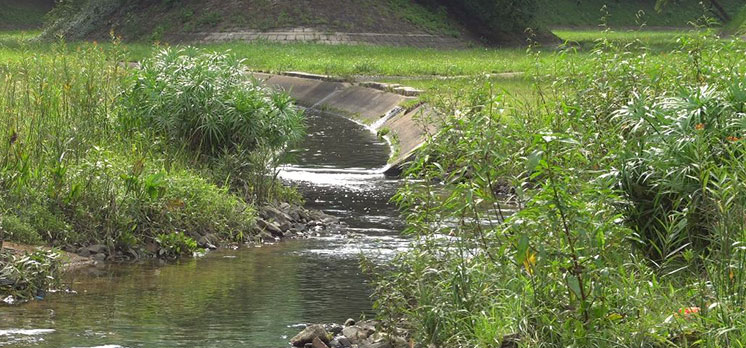
Both wetland and terrestrial vegetation are established near the low flow channel to support stream associated wildlife. Riparian vegetation is important for aquatic habitat for the following reasons:
- to provide ecological linkage to adjacent by re-establishing the riparian habitats along and within the river channel;
- to provide shading along river channel to maintain a stabilized water temperature;
- to provide leaf litters as food source for the wildlife and aquatic organisms;
- to stabilize the stream bank to prevent erosion;
- to filter nutrients and sediments to improve water quality;
- to modify stream flow, create resting cover pools or retain gravel to improve fish habitats;
- to provide off-channel refuge for invertebrates;
- to provide nutrients to enrich aquatic system; and
- to provide habitat for nesting, roosting, foraging and other wildlife activities.

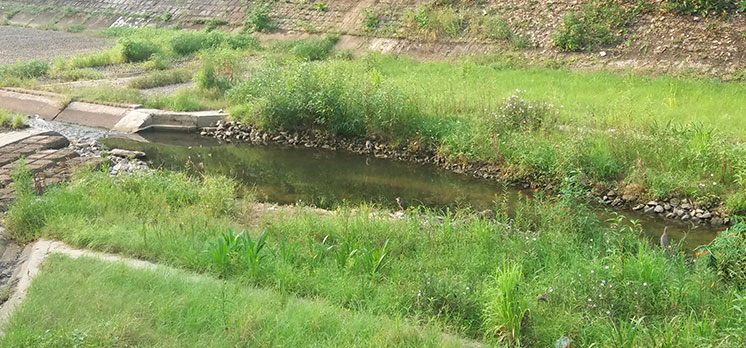
Ecological connectivity between the upstream and downstream, instream and adjacent riparian habitats has been enhanced, which provides better passage for wetland dependent species amongst habitats

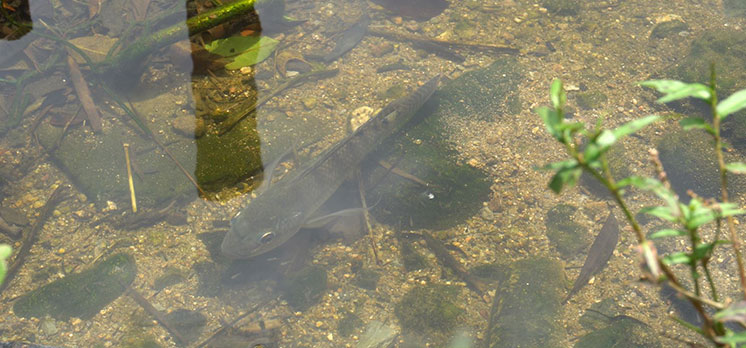
Preservation of natural bed materials of the river corridor achieves the best result from the ecological viewpoint. Boulders, cobbles, coarse gravels, sand or mud provide habitats for fishes, macro-invertebrates and wetland birds.

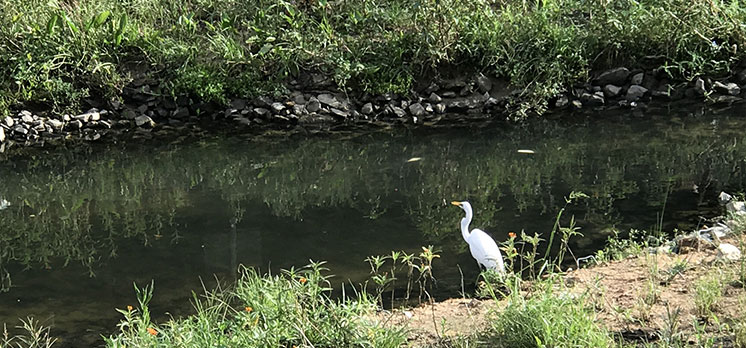
Ponds play an important role in maintaining aquatic life and provide an essential habitat to fauna such as fish, freshwater invertebrates and water birds. A shallow pond provides bird landing, resting points and foraging ground, and also facilitates the establishment of emergent plants which can attract other wildlife birds.
Green Element Introduction
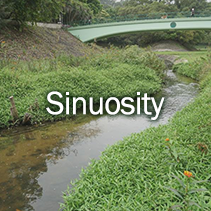
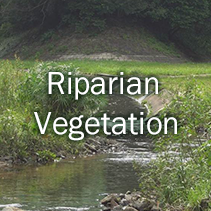
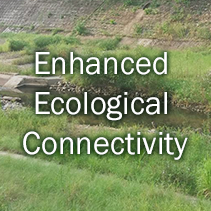
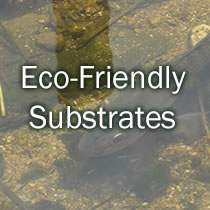
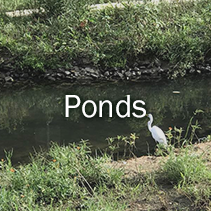
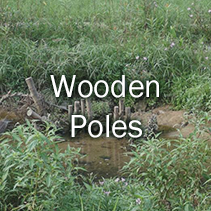
Current Findings
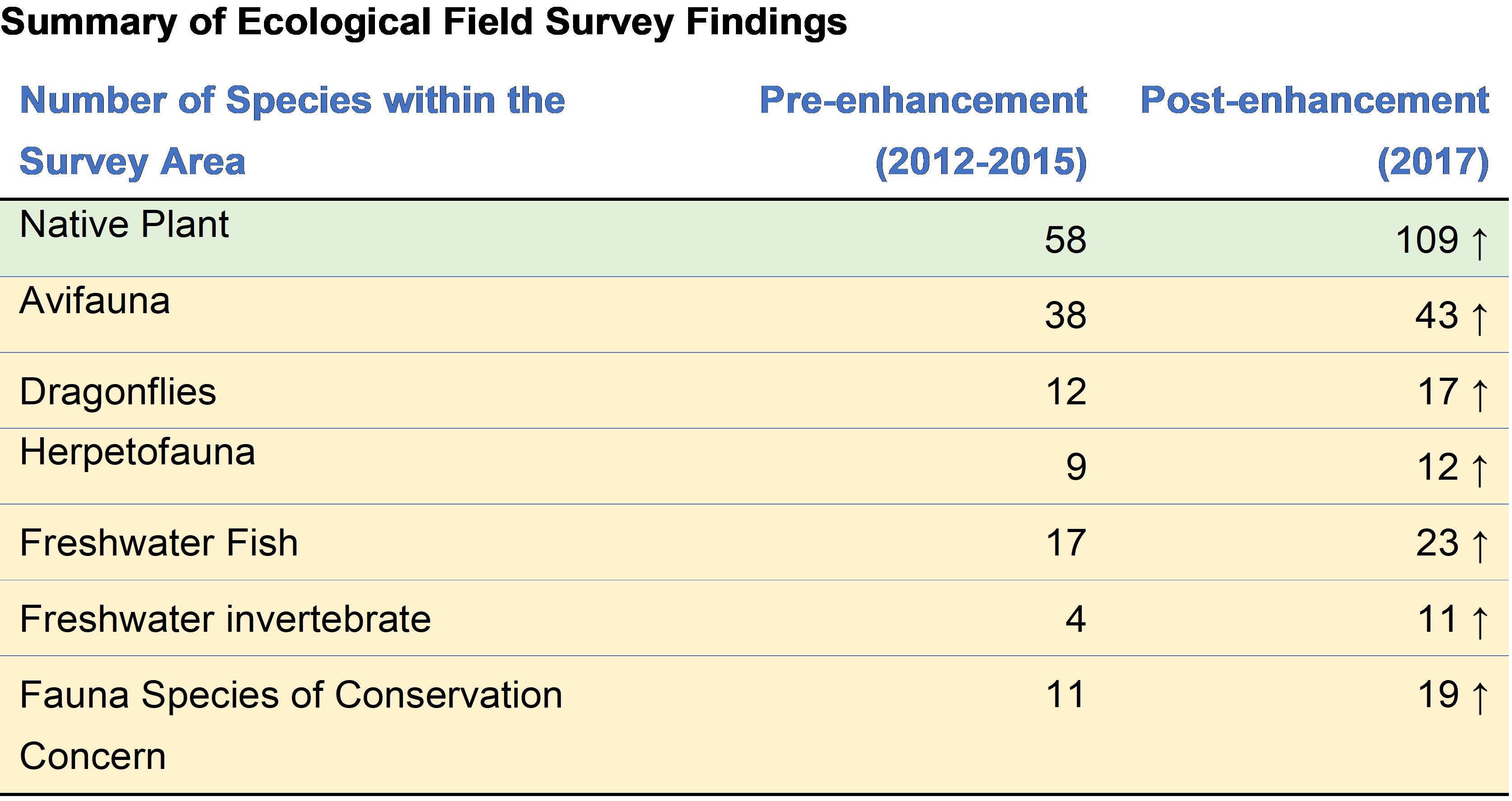
During post-enhancement monitoring, the number of species for all fauna groups (including avifauna, dragonflies, herpetofauna, freshwater fish and freshwater invertebrates) along the survey area are higher than the number of species recorded in pre-enhancement surveys. One new species of conservation importance which are both native and wetland dependent utilising the enhanced section were recorded during post-enhancement surveys. More plant species were recorded along the watercourse of Lower Lam Tsuen River during post-enhancement surveys. More native and wetland dependent plant species were found along the water margin of the river channel which provide more micro-habitats for a variety of fauna. After the implementation of enhancement measures, some physical factors of the channels such as the number of types of aquatic habitats and the longitudinal connectivity of the channel have been improved. Riffles, pools and root of the vegetation mats, which provide a more diverse and complex habitat for wildlife, can be observed in the enhanced section. For the longitudinal connectivity, the presence of artificial features helps to mitigate flow blockage which allow movement of species along the river channel.



